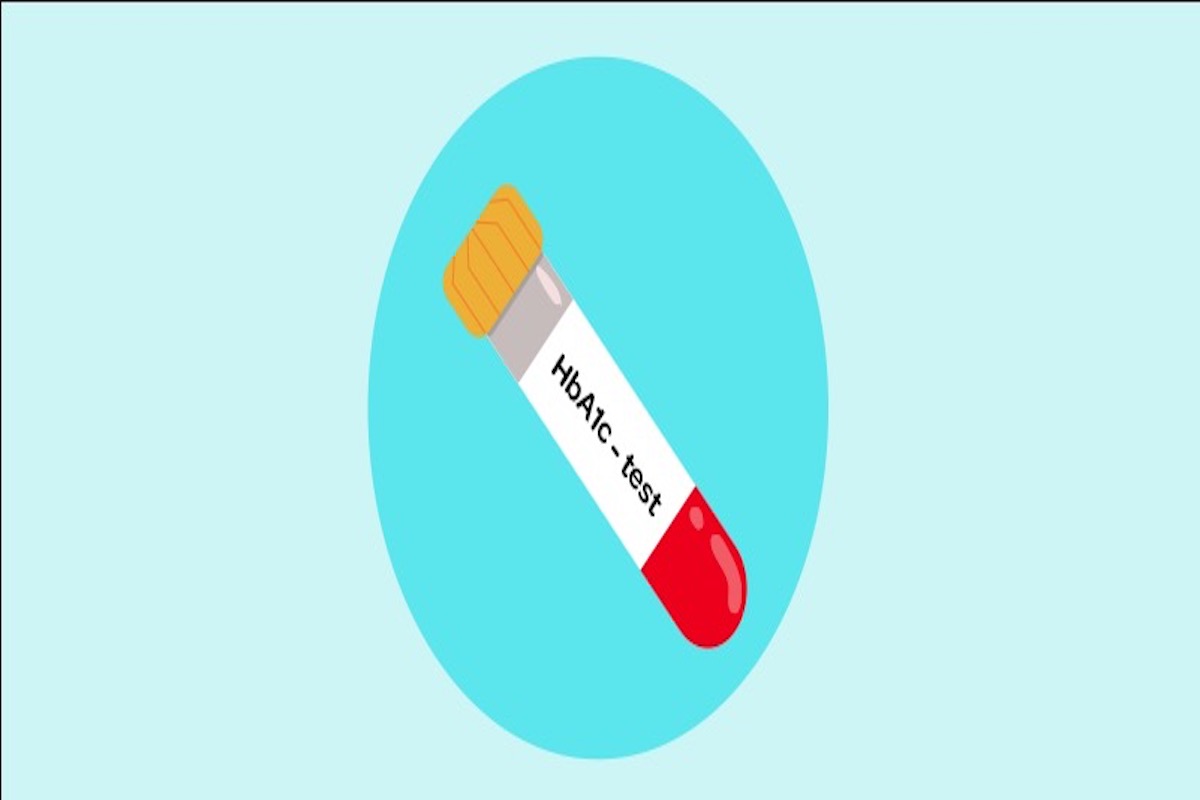Living with diabetes means managing your blood sugar levels effectively. One essential tool for monitoring your overall glycemic control is the A1C test. This article will explore A1C levels, also known as HbA1c levels or Hemoglobin A1c, what they mean, and why they are crucial for individuals with diabetes.

What is A1C?
A1C is a blood test that measures your average blood glucose levels over the past two to three months. Unlike regular blood sugar tests, which provide a snapshot of your current levels, the A1C test gives you a broader picture of your overall glycemic control. It reveals how well you have managed your blood sugar over time.
Understanding A1C Levels
A1C levels are expressed as a percentage. The test result indicates the amount of glucose that has attached itself to your red blood cells. The normal range for HbA1c levels is typically below 5.7 percent. For individuals with diabetes, the target range varies but generally falls between 6.5 and 7 percent.
Different Targets
Certain populations, such as children, pregnant women, and older adults, may have individualized A1C targets. Factors like age, overall health, and personal circumstances are taken into account when determining appropriate goals. As this can be confusing, to make it easier to understand, we’ve created a chart that will show you when you have healthy A1c levels, levels that indicate you’re for getting diabetes, and levels that indicate you have diabetes.
| Age Group | Healthy A1C Range | Prediabetes A1C Range | Diabetes A1C Range |
|---|---|---|---|
| Children (0-6 years) | Below 5.7% | 5.7% - 6.4% | 6.5% and above |
| Children (6-12 years) | Below 5.7% | 5.7% - 6.4% | 6.5% and above |
| Adolescents (13-18 years) | Below 5.7% | 5.7% - 6.4% | 6.5% and above |
| Adults (18-65 years) | Below 5.7% | 5.7% - 6.4% | 6.5% and above |
| Older Adults (65+ years) | Below 5.7% | 5.7% - 6.4% | 6.5% and above |
It’s important to note that individual target ranges and dangerous levels can vary based on factors such as personal health, complications, and recommendations from healthcare professionals. This chart provides general guidelines. It is essential to work closely with your healthcare provider to establish the best target range for you. Continue reading on the next page and discover more information about your A1C levels.

